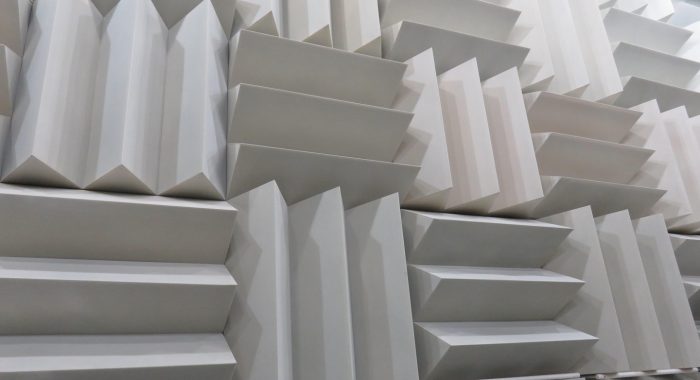Video Series Wrap-Up: Transmissibility

Concluding our 3 part video series on designing a vibration isolation solution, E-A-R™ “shock & vibe” engineers discuss the desired end result: reducing transmissibility in a system. (also, check out Part 1 and Part 2 if you have not already done so)
Building upon the factors discussed in the first two parts, we finally arrive at transmissibility, or the ratio of energy input to energy output. The goal of vibration isolation solutions is to lower this value across the spectrum of operating conditions for the target component or device.
This is where highly damped materials, such as ISODAMP™ elastomers come into play. Their unique damping characteristics allow design engineers to greatly lower the transmissibility ratio, especially near the natural frequency.
Often, vibration isolation solutions are implemented to solve an array of issues. Two common issues, which often go hand-in-hand, are component inefficiencies (such as hard drive read/write errors), as well as unwanted noise, with both issues capable of being caused by excessive vibrations. This is demonstrated in the video by a comparison of acoustic readings, measured in the Aearo Acoustic Testing Center, of a fan operating in a PC case.
By isolating the fan from the chassis with ISODAMP™ fan mounts, the energy transmitted throughout the chassis is greatly reduced as compared to an ordinary screw mount. This results in less panel vibration, reducing both the noise created and the potential component harm caused by the kinetic energy. This is just one of an almost infinite number of applications which receive a benefit of using damped mounts or isolators.
To find the best damping material for your application, be sure to try the Elastomer Selector tool, or browse the Standard Isolator Selector to find a part configuration which fits your design.





